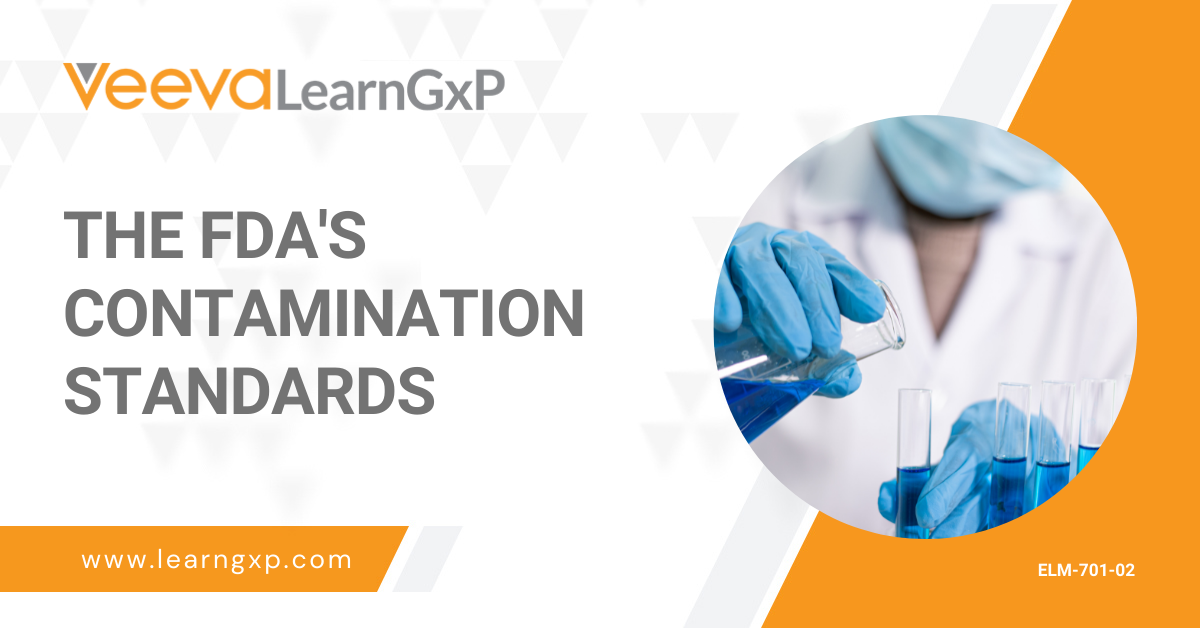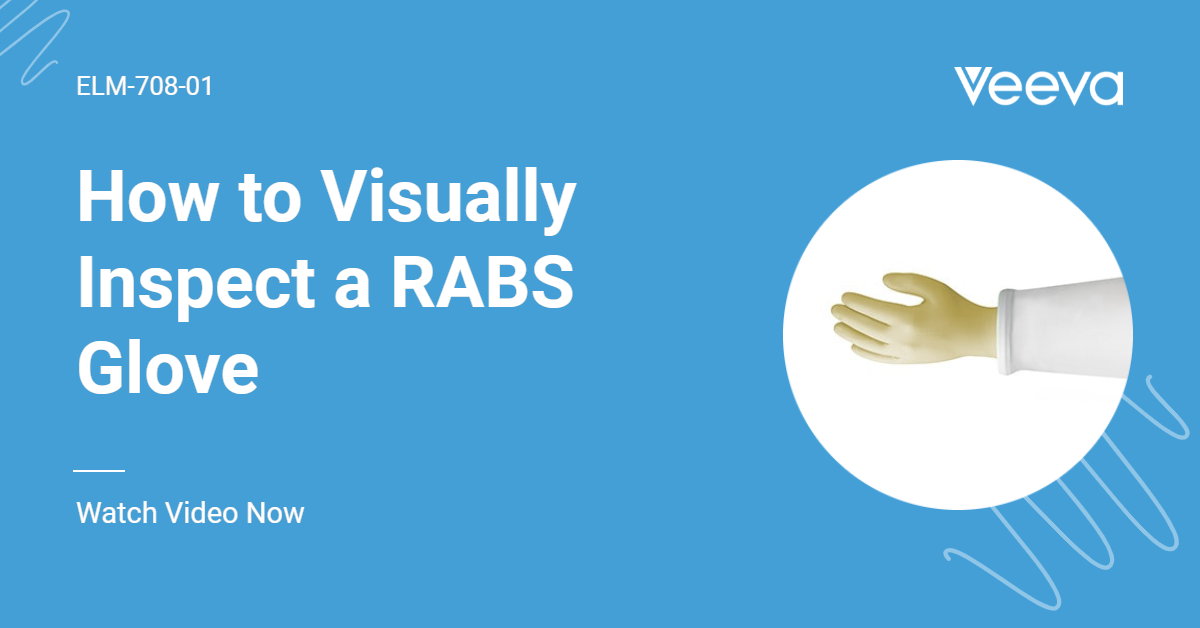When you arrive at the audit site, you must know exactly what you are going to do and how you are going to do it. Your time in the field is too valuable to be wasted on unproductive preliminaries.
Instead, you must plan every possible aspect of the audit in advance. You must:
- Determine the basis for the audit
- Determine the feasibility of the audit
- Review documents
- Prepare the audit plan
- Prepare work documents
Determine the Basis for the Audit
Before you decide “how” you are going to perform an audit, you should examine each of the following points:
- What is the purpose of the audit?
- What is your role?
- What are the standards?
- What is the scope?
Related: Learn how to become a better GMP Auditor
What is the Purpose of the Audit?
An Audit should have clear objectives about which conclusions can be made. So, you should begin by deciding which of the many possible purposes your audit will serve. For example, audits can be performed to:
- Verify the extent of conformity of the implementation of GMP, or
part of it - Assess the competence of the management system to ensure
conformity with GMP requirements - Evaluate the effectiveness of the management system in meeting
its specific objectives - Investigate an unusual event or incident to determine facts,
recreate events, and/or determine causes or - Recognize areas for potential improvement
What is your Role?
Given the purpose or purposes of the audit, you must decide what type of perspective to adopt: data gatherer, judge, consultant, or salesman.
Example: If your purpose is to examine an incident, act strictly as a data gatherer and hold back your decision and any comments you might have until you are confident that you have obtained all the significant facts.
What are the Standards?
Once your role is established, determine what you will use as a basis for comparison in your examination of the auditees program and facilities.
Audit standards may include:
- Applicable policies
- Laws and regulations
- Procedures
- Management system requirement; or
- Contractual agreement with suppliers
Be sure that you are precisely familiar with the standards and any policies regarding their explanation and application.
What is the Scope?
Decide in advance the extent and limitations of the audit, such as physical locations, organization units, actions and processes to be audited, as well as the time period covered by the audit. Confine the scope to those areas that appear to offer the best prospects for accomplishing the purposes of the audit.
Determine the Feasibility of the Audit
Having defined the audit objective, scope and criteria, determine the feasibility of the audit.
Factors to be considered include:
- Availability of adequate and suitable information for planning the audit
- Adequate assistance from the auditee and
- Sufficient time and resources
Where the audit is not practicable, suggest an alternative to the audit in consultation with the auditee and in full respect of the governance principles.
Review Documents
Prior to the on-site audit activities, evaluate the auditee’s records to determine the compliance of the system, as documented, with audit criteria.
The documentation may include:
- Relevant management system documents and records
- Applicable standards
- Site master file
- Registration files
- Guidelines
- SOP’s
- Protocol or Project specific requirements
- Previous audit reports
- Adverse drug reactions and
- Records of the company in relation to complaints and recalls
When reviewing the auditee’s documentation, create a checklist or aide mémoire of the points, to be confirmed during inspection. If the documentation is found to be insufficient, notify the auditee and decide whether the audit should be continued or suspended until documentation concerns are resolved.
Related: Learn how to become a better GMP Auditor
Prepare the Audit Plan
Now, prepare an audit plan to provide the basis for the concurrence among the auditees and audit team regarding the conduct of the audit.
The audit plan should include:
- The audit objectives, criteria and any reference documents
- The audit scope, including identification of the organizational and
functional unit and processes to be audited - The dates and places where the on-site audit activities are to be
conducted - The expected time and duration of on-site audit activities
- The role and responsibilities of the audit team members and
accompanying persons - The allocation of appropriate resources to critical areas of the
audit - Any audit follow-up actions
Review and discuss the plan with the audit client and present to the auditee before the on-site audit activities begin.
Resolve any objections by the auditee.
Communicate Audit Plan
- Make sure that the plan is communicated to all site personnel,
especially those whose areas will be audited - Clearly list the areas / systems / products to be audited and list
specific dates for each of the audits - Logically establish and agree each audit’s duration
- Stick to the schedule – don’t loose credibility by postponing audits
Prepare Work Documents
Review the information relevant to the audit assignments and prepare work documents as necessary. Such work documents may include:
- Audit checklists and audit sampling plans
- Forms for recording information, such as supporting evidence,
audit finding and records of meetings; and - Forms for documenting supporting evidence for conclusions
reached by the auditors
Please note that the use of checklists and forms should not limit the scope of audit activities which may become necessary as a result of information collected during the audit.






